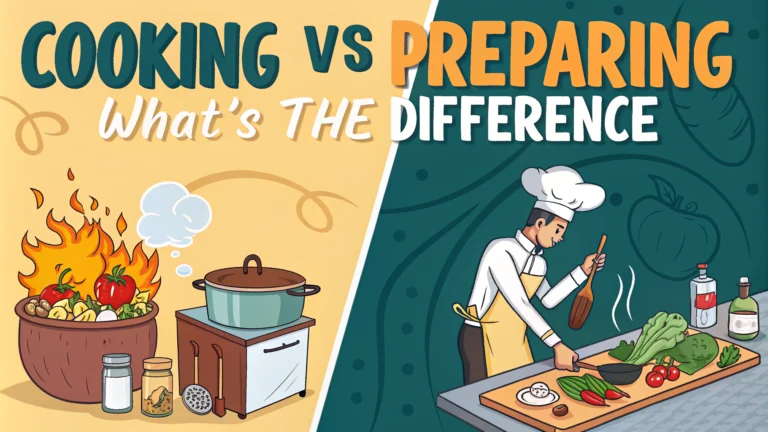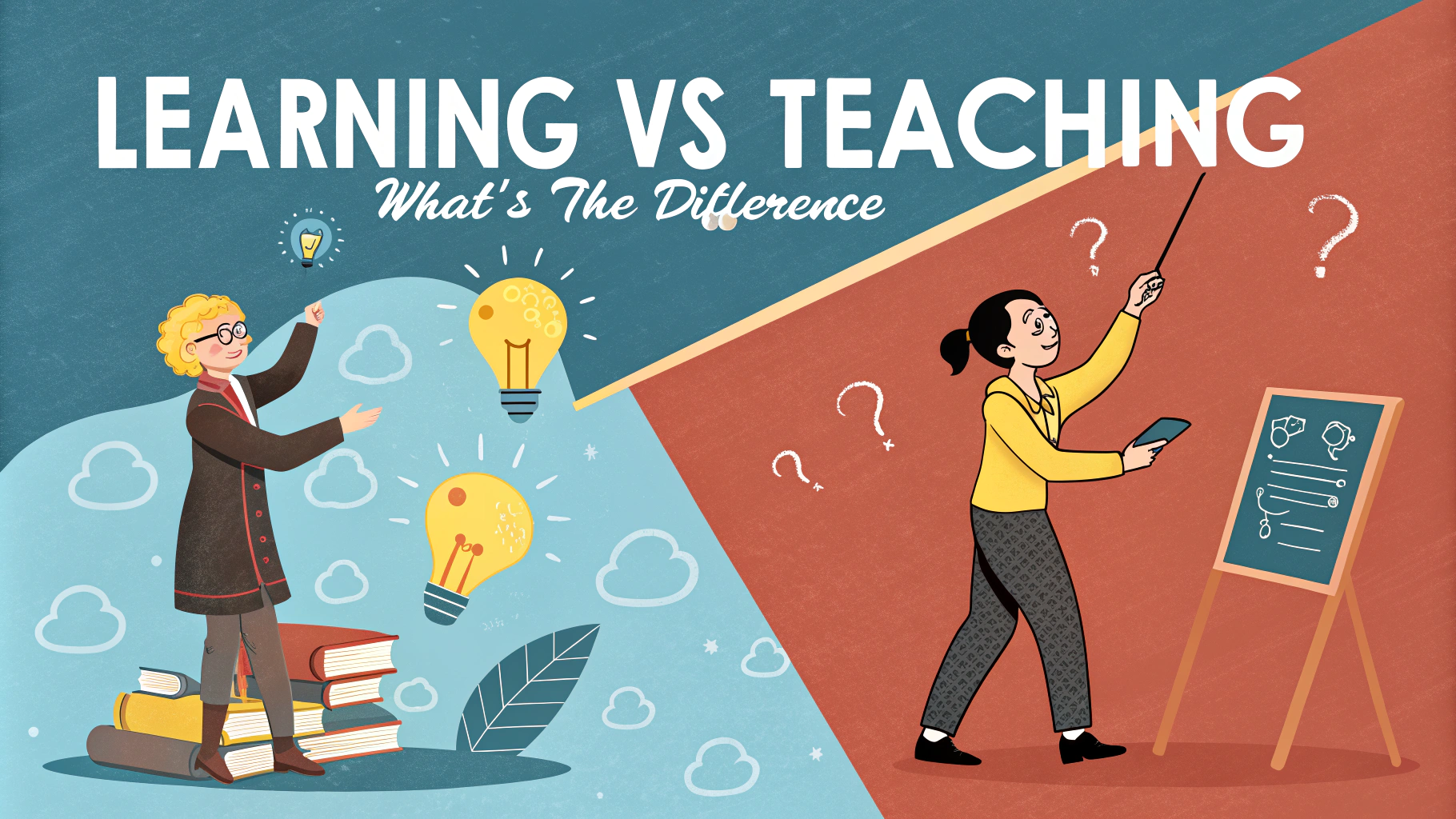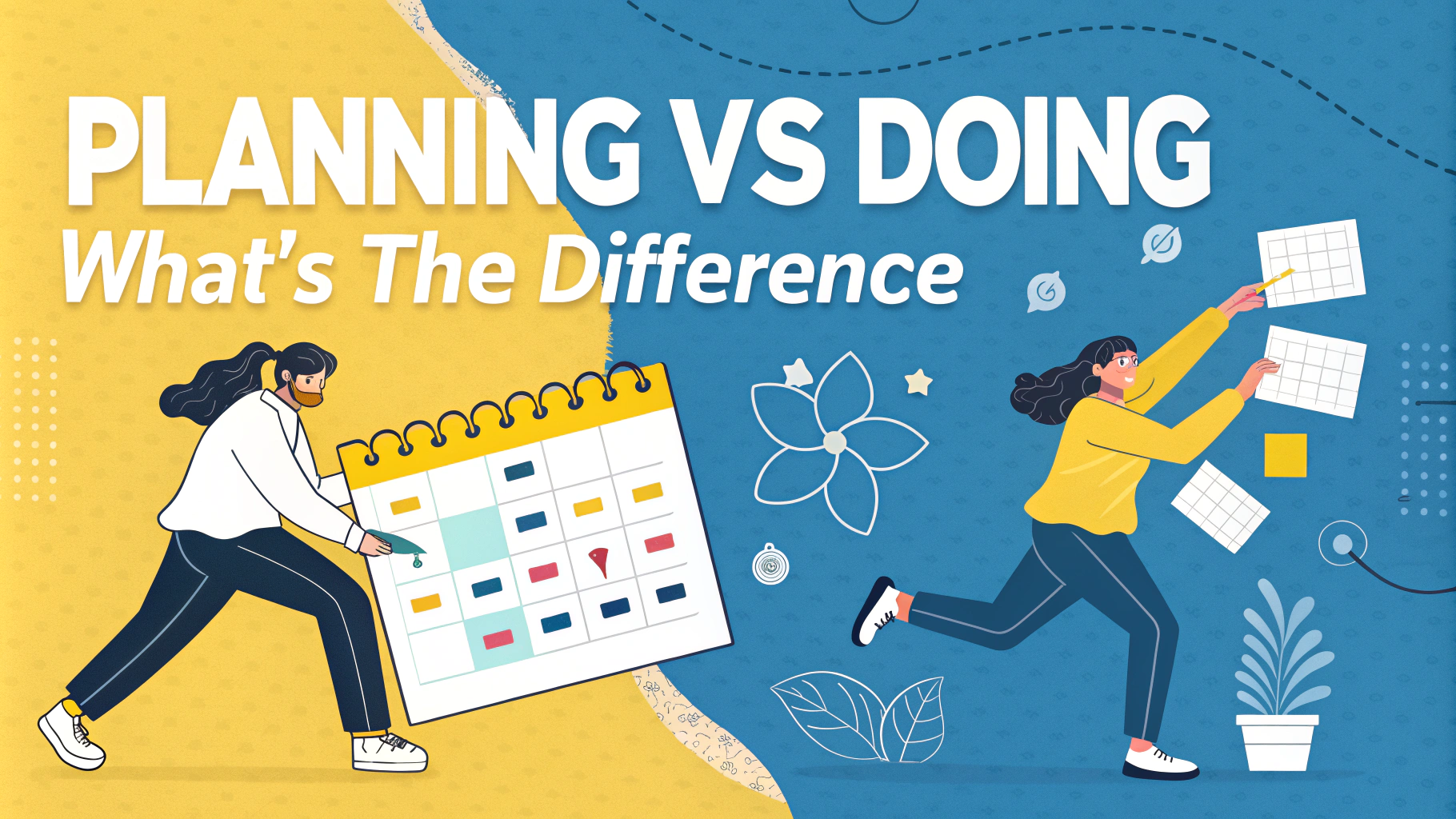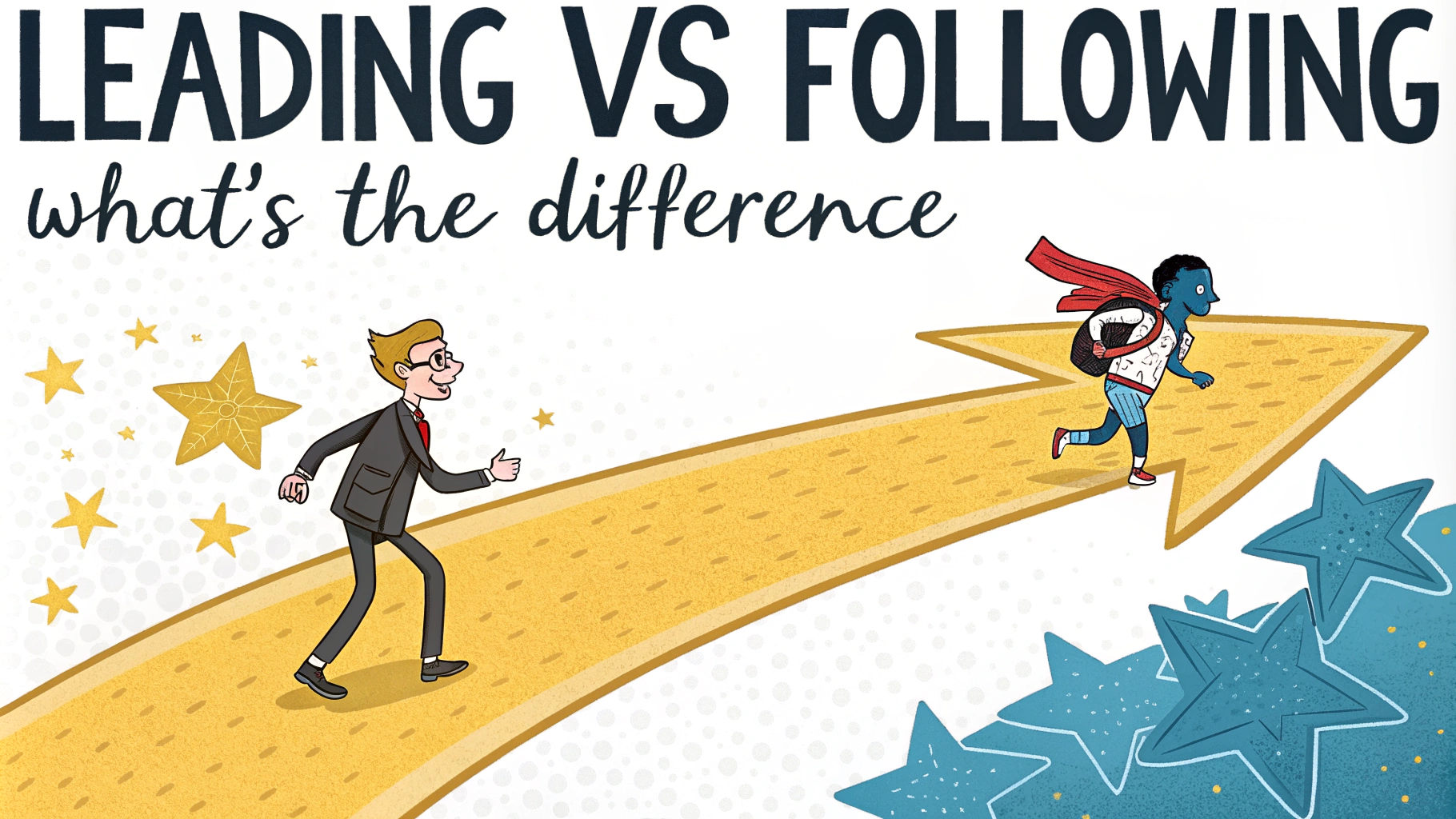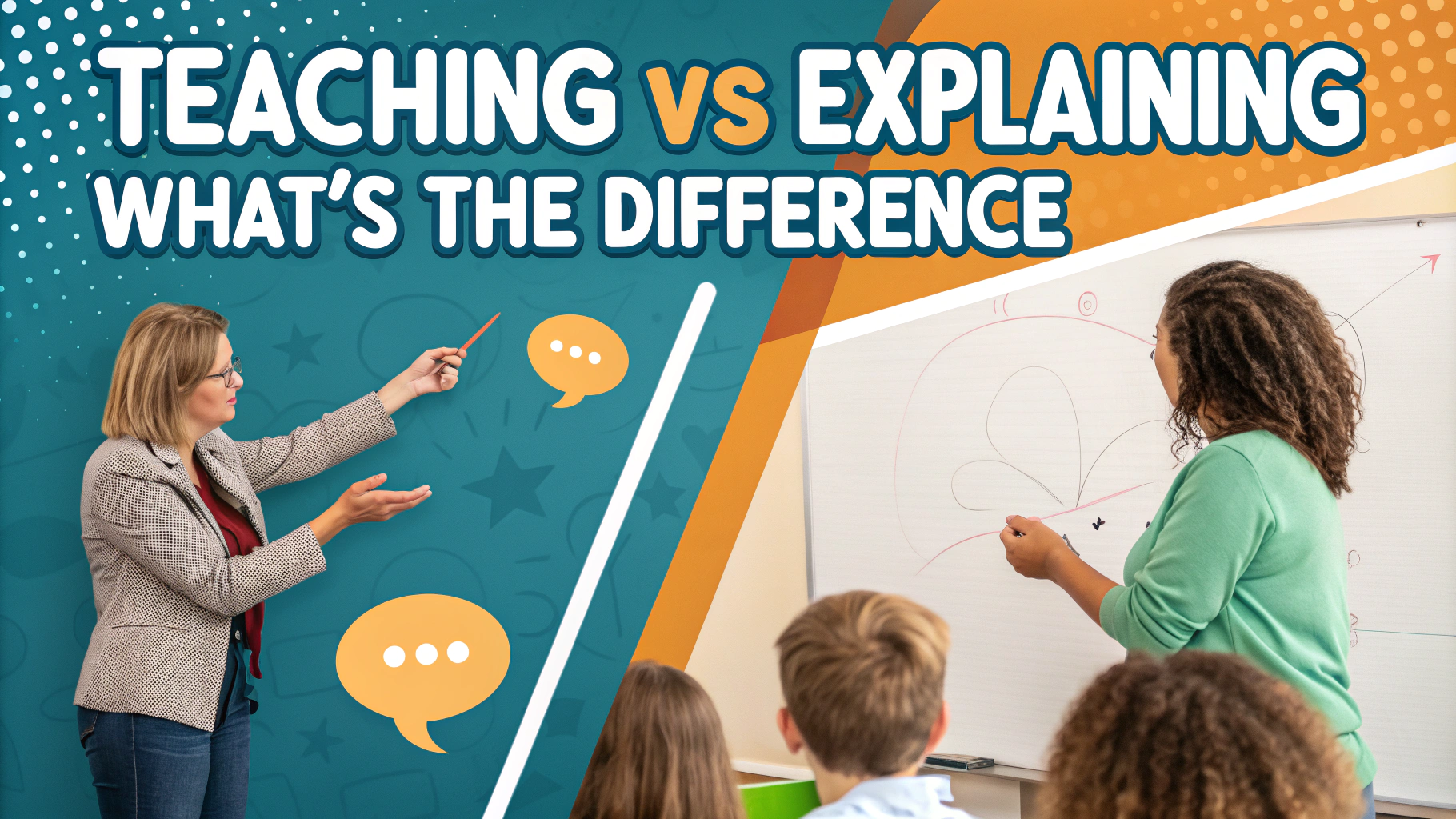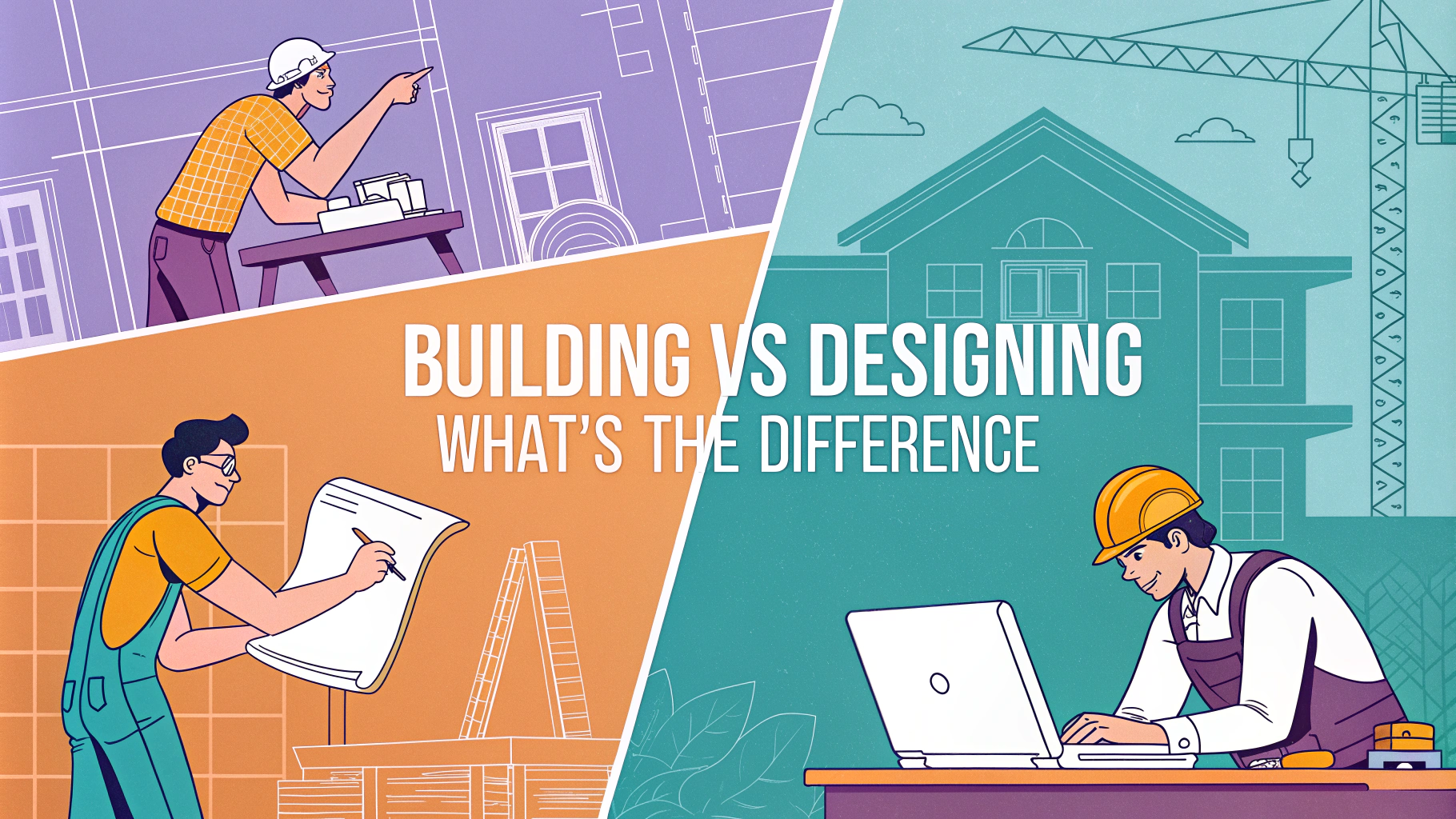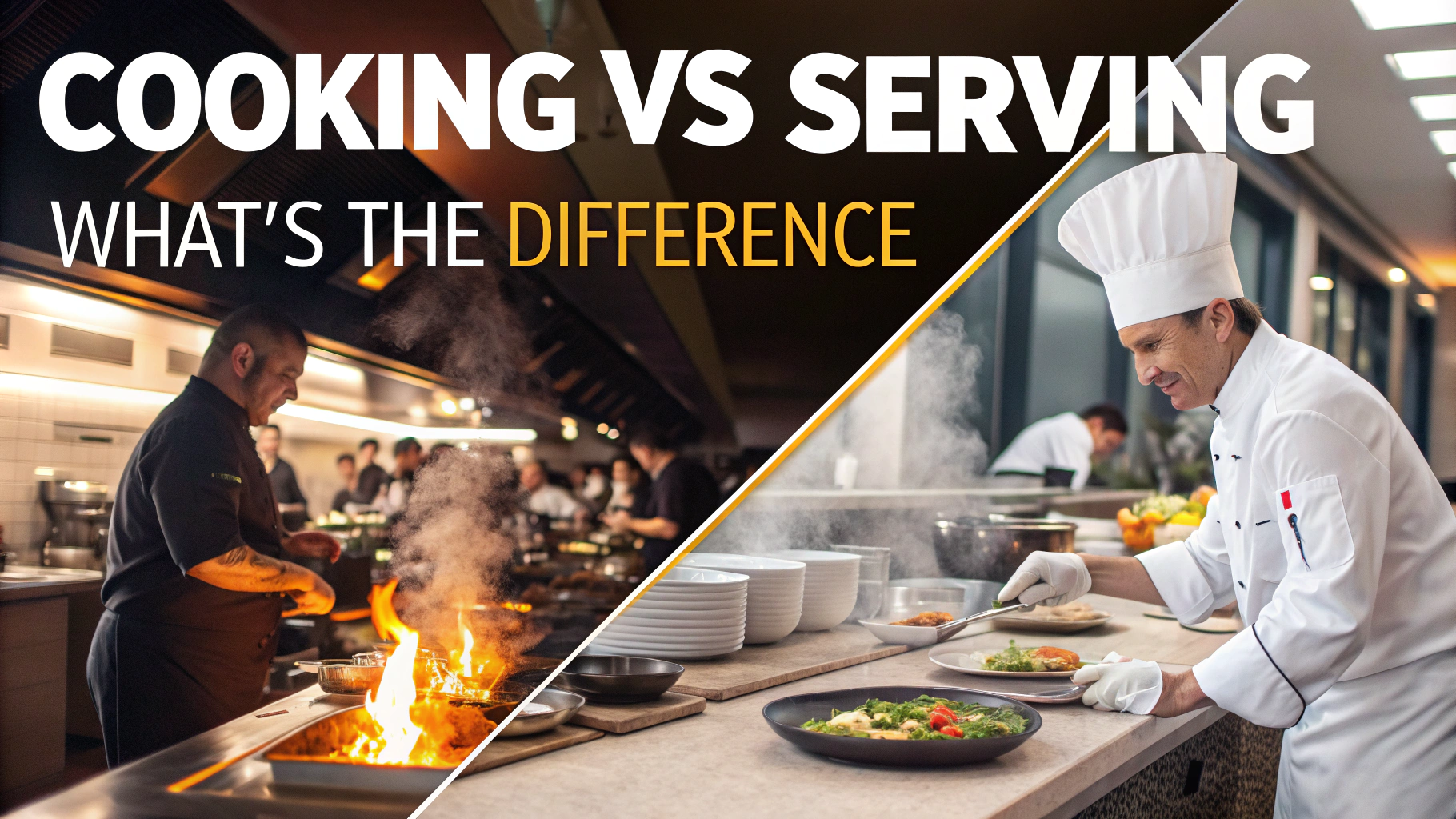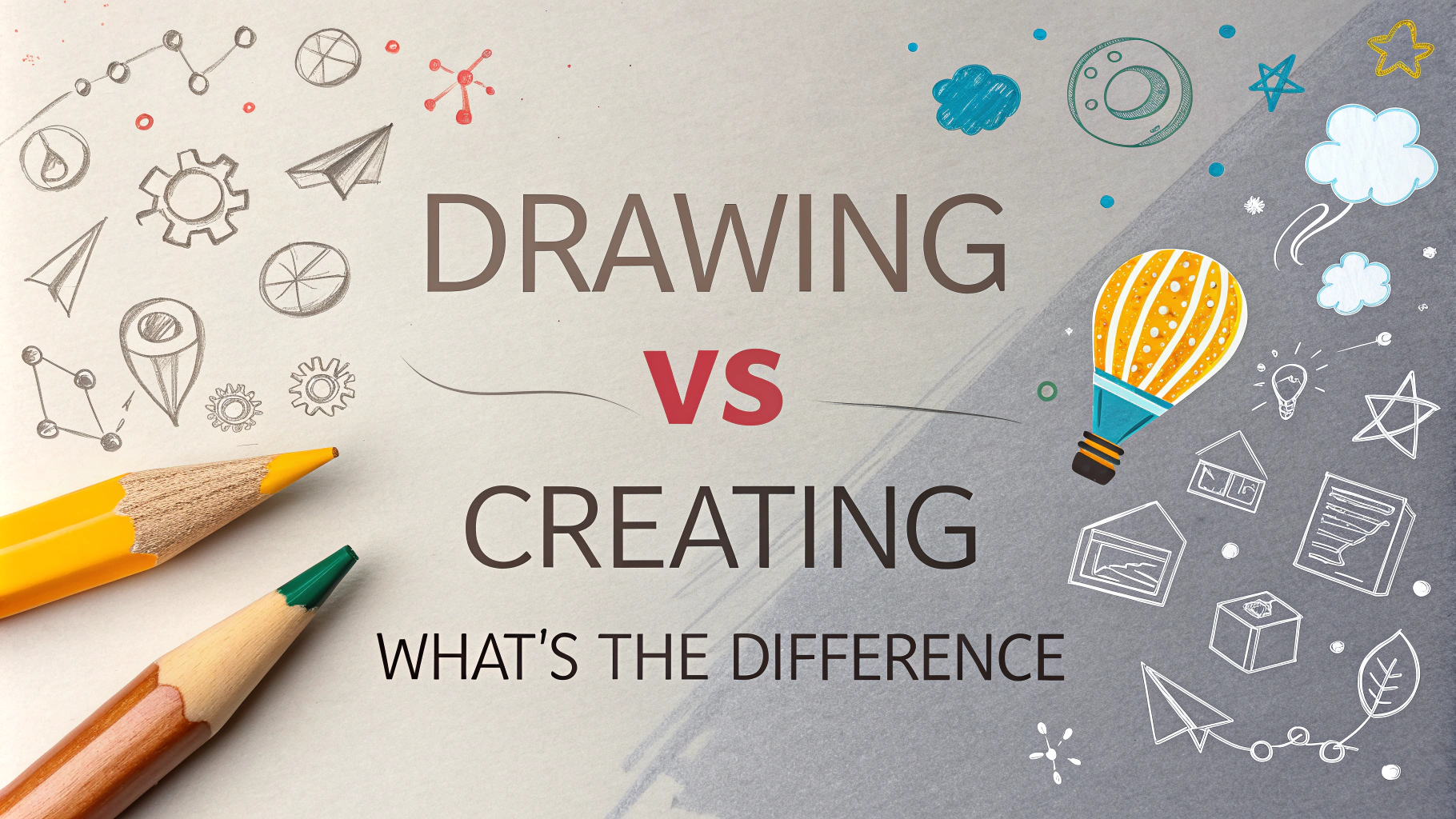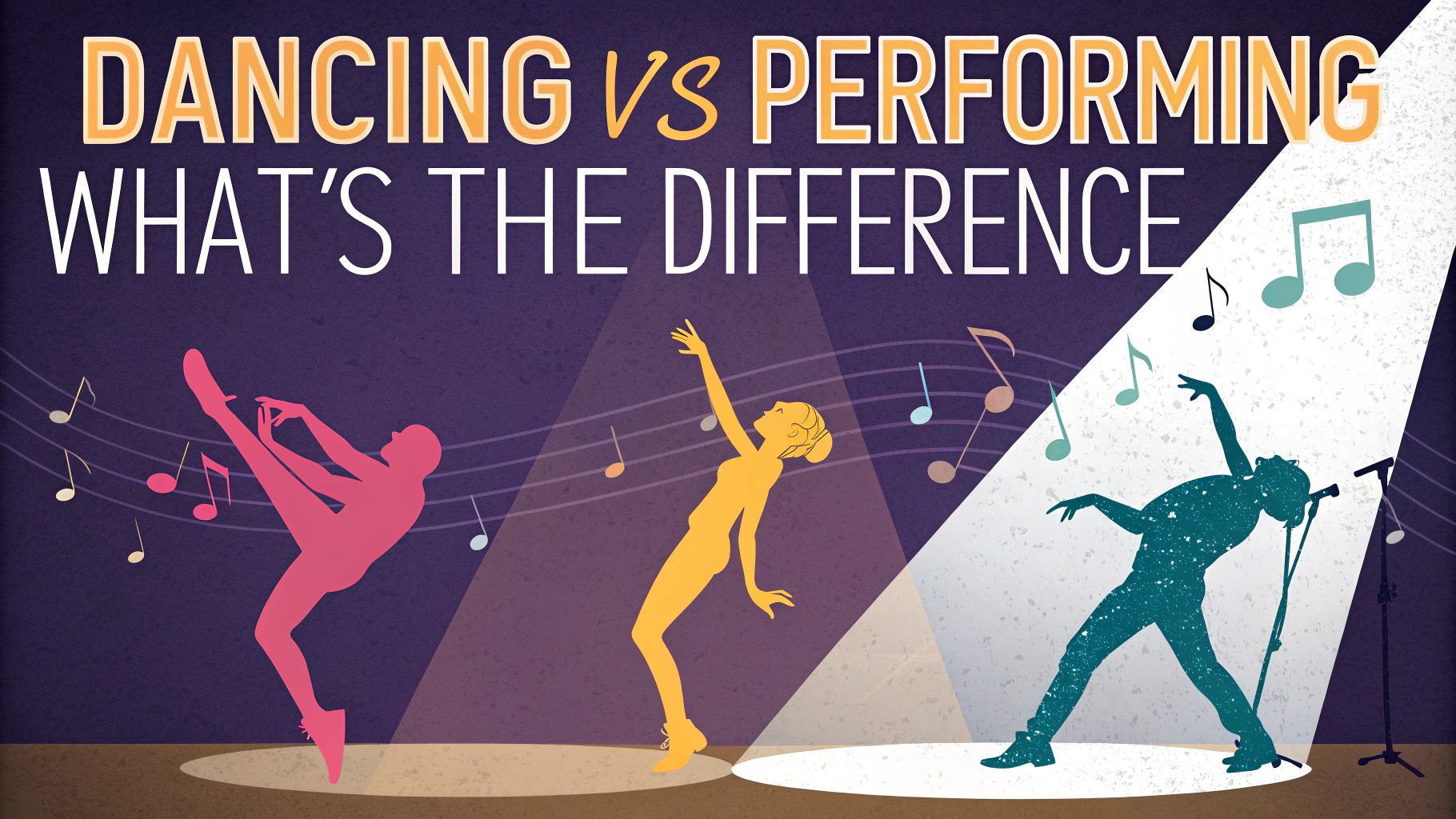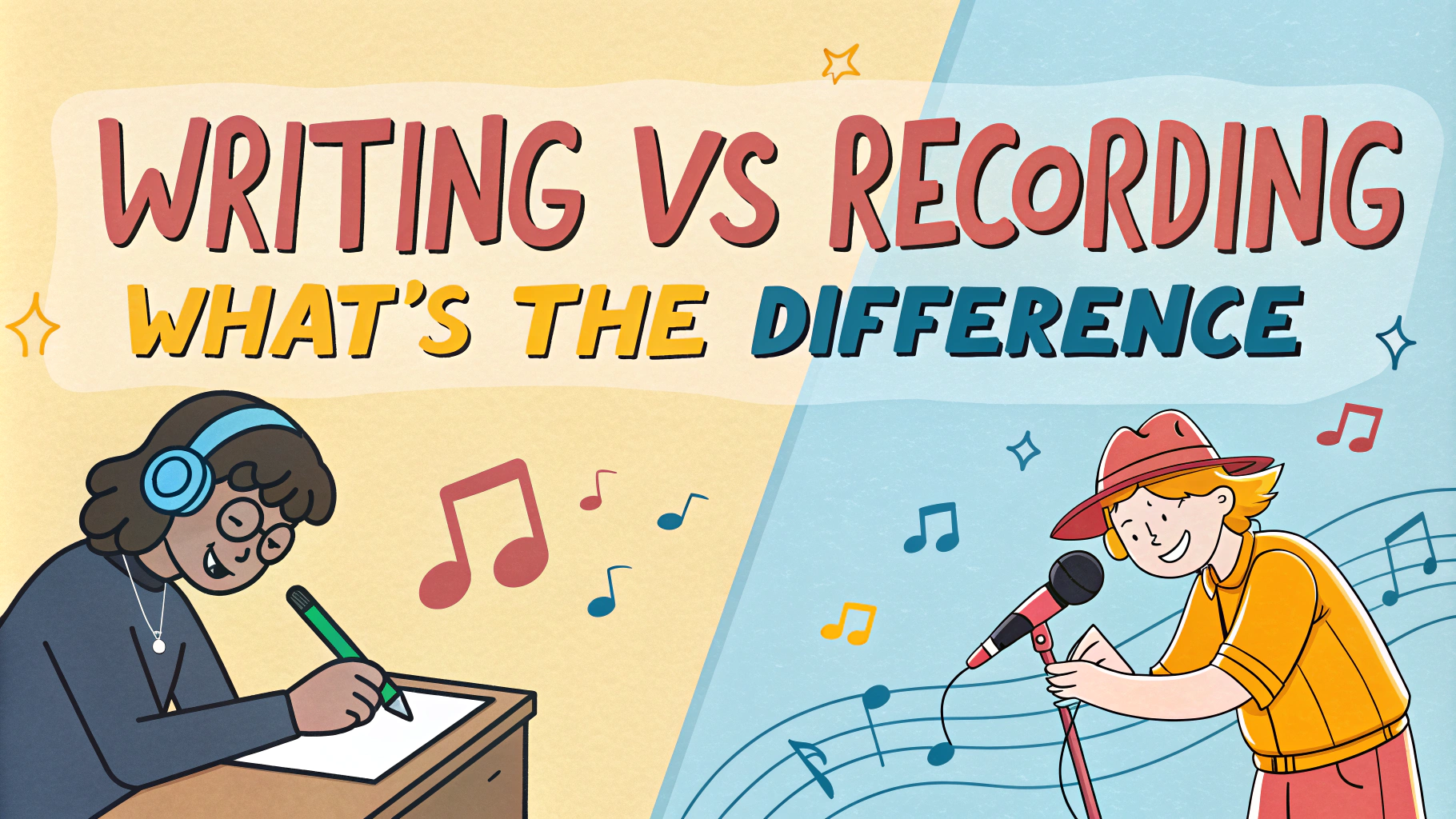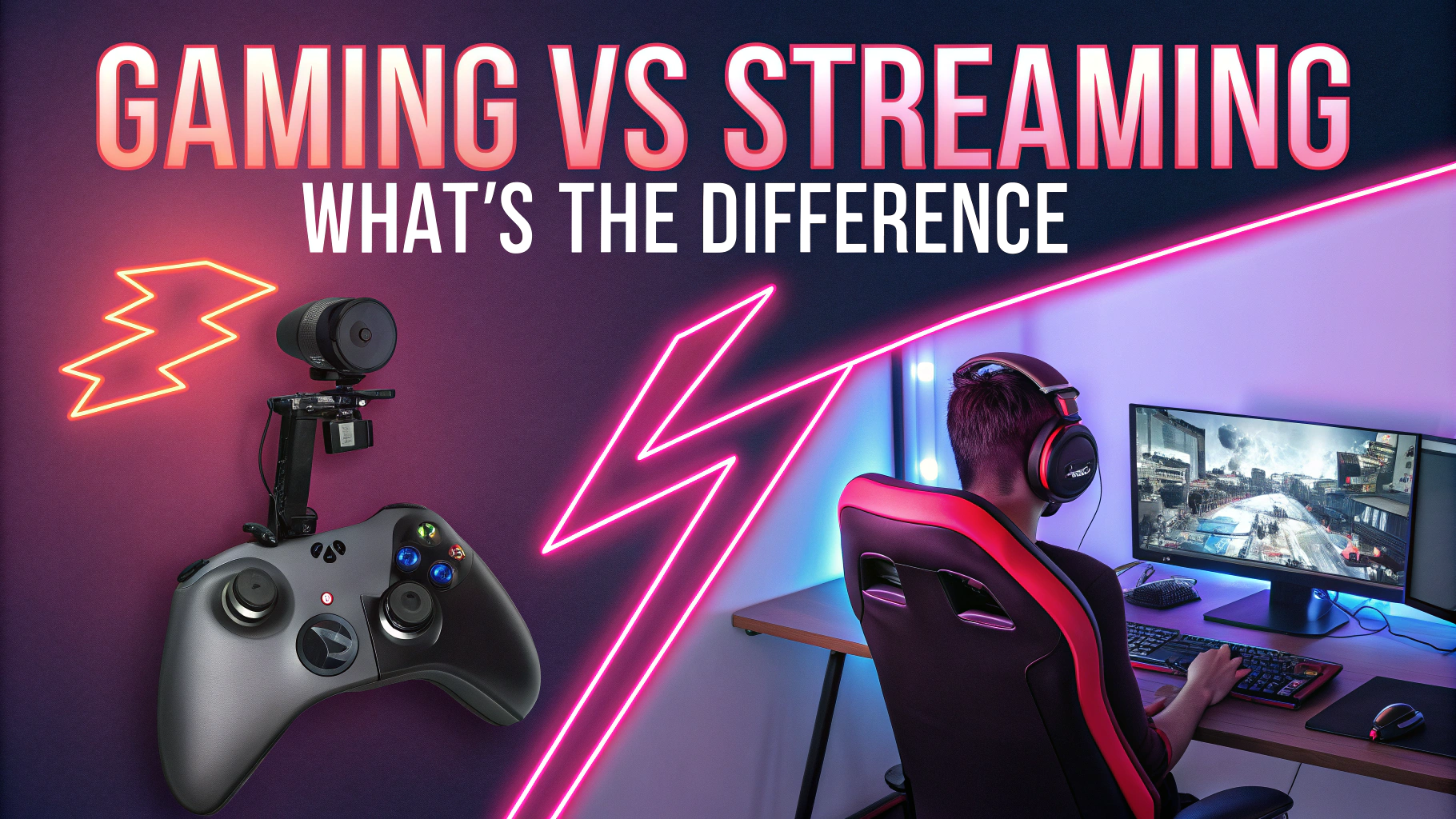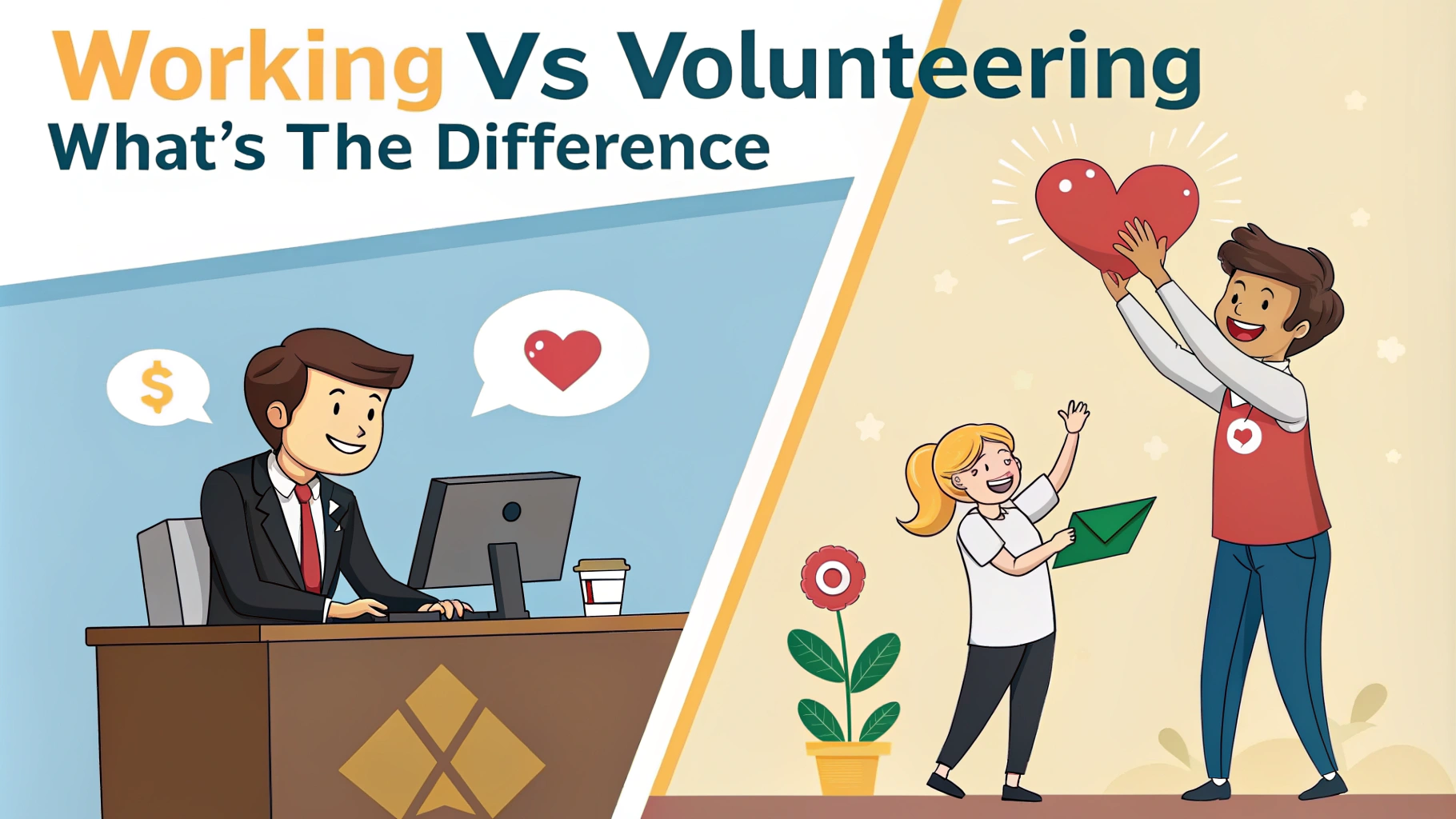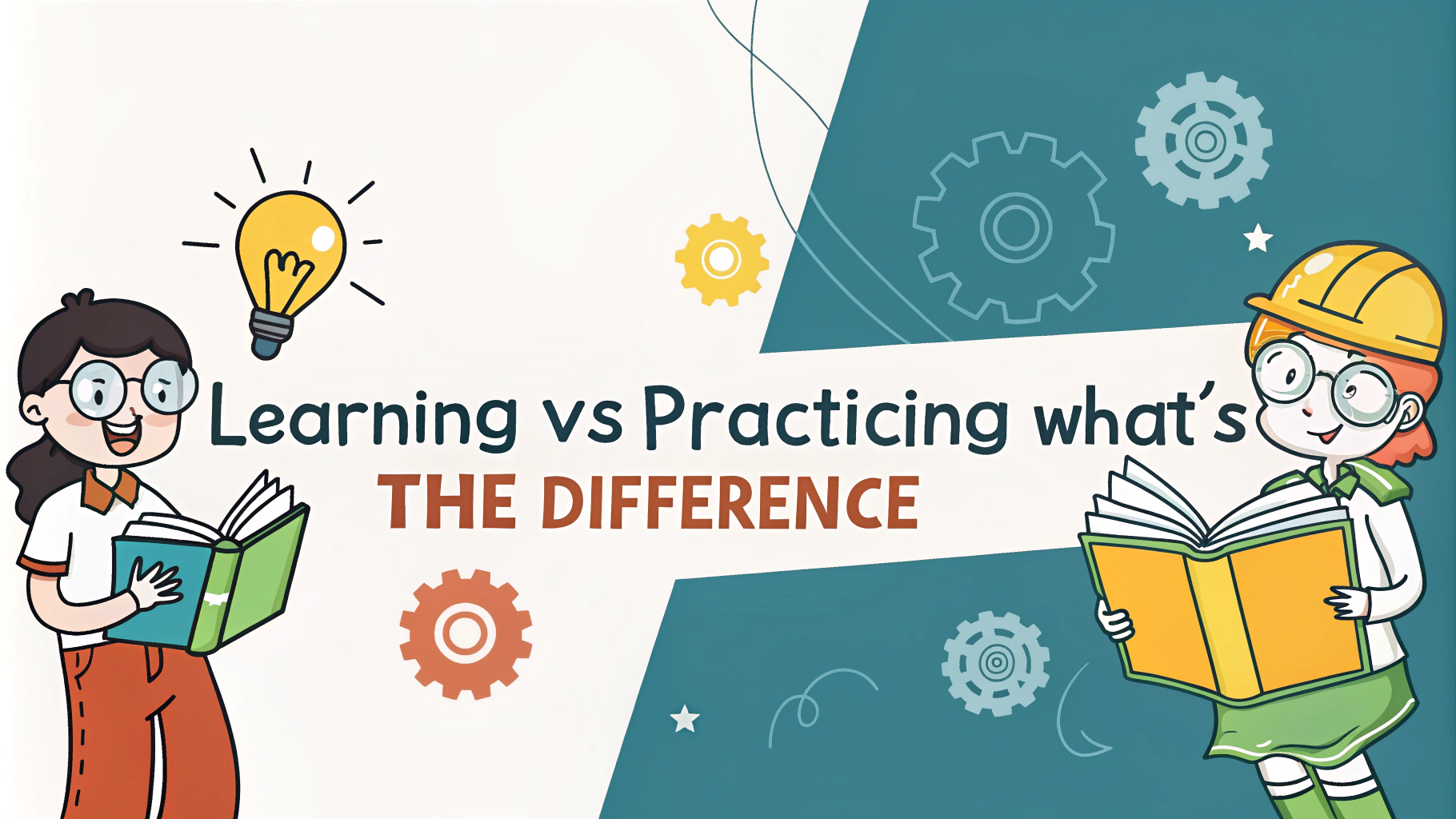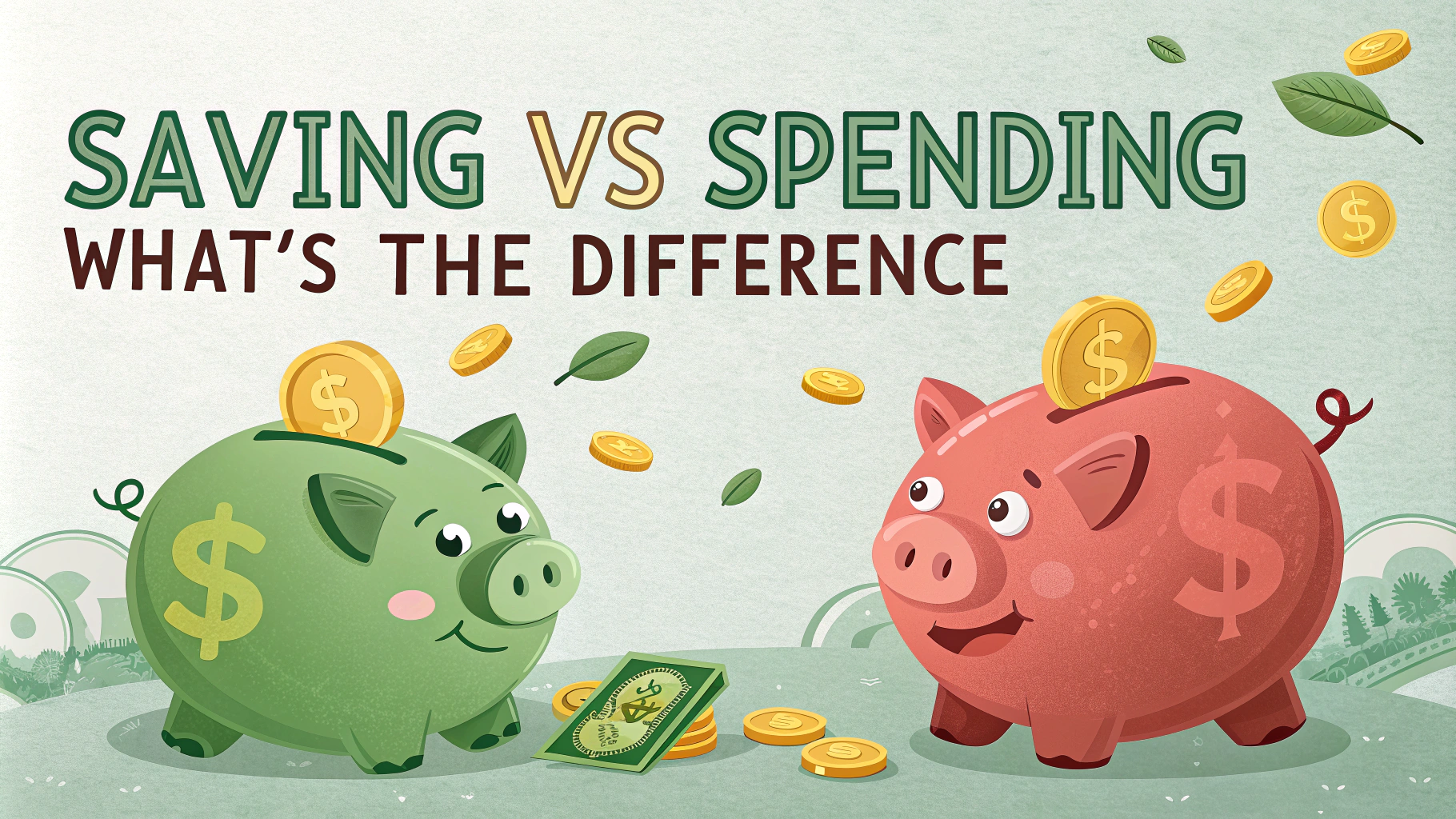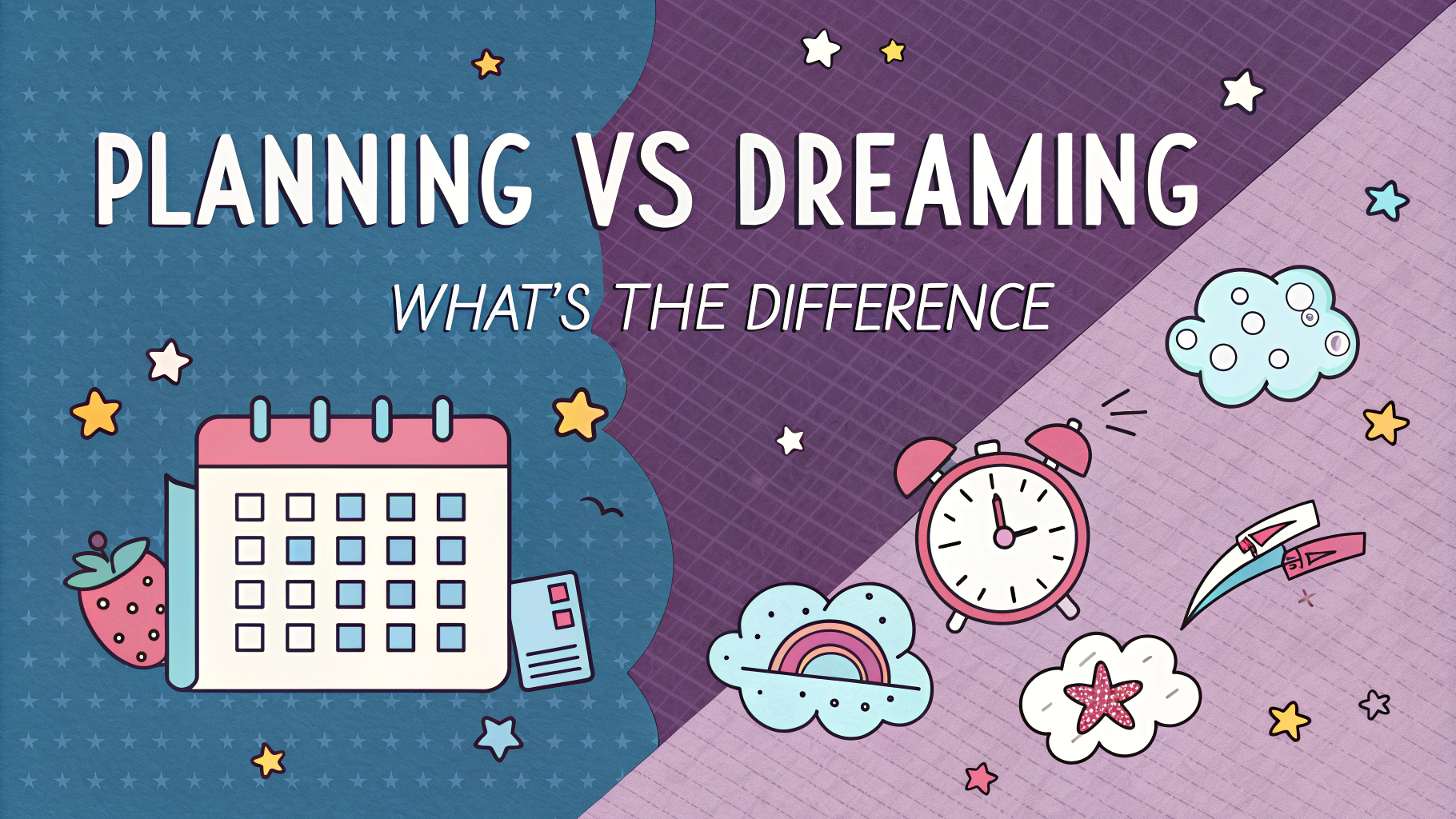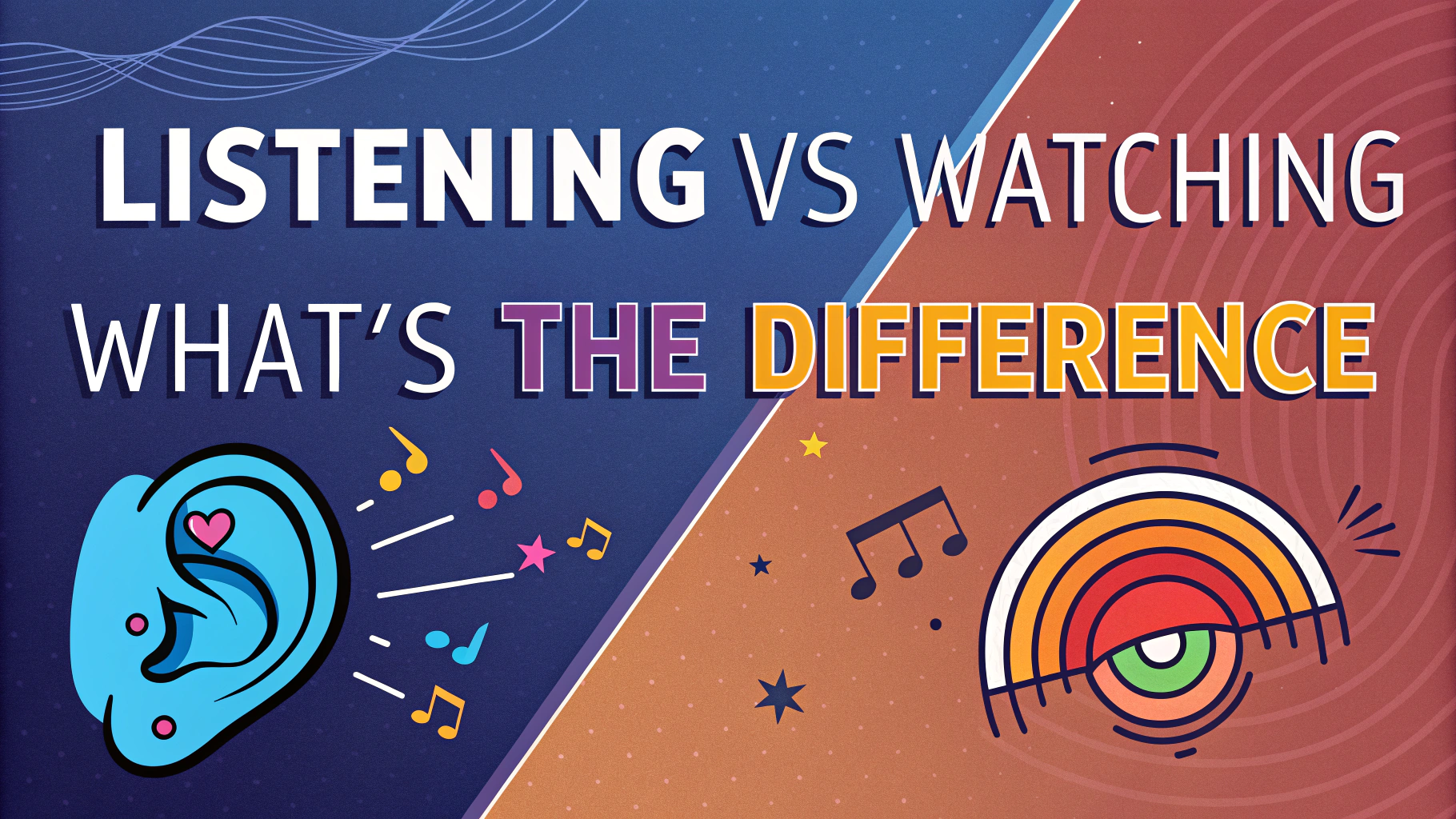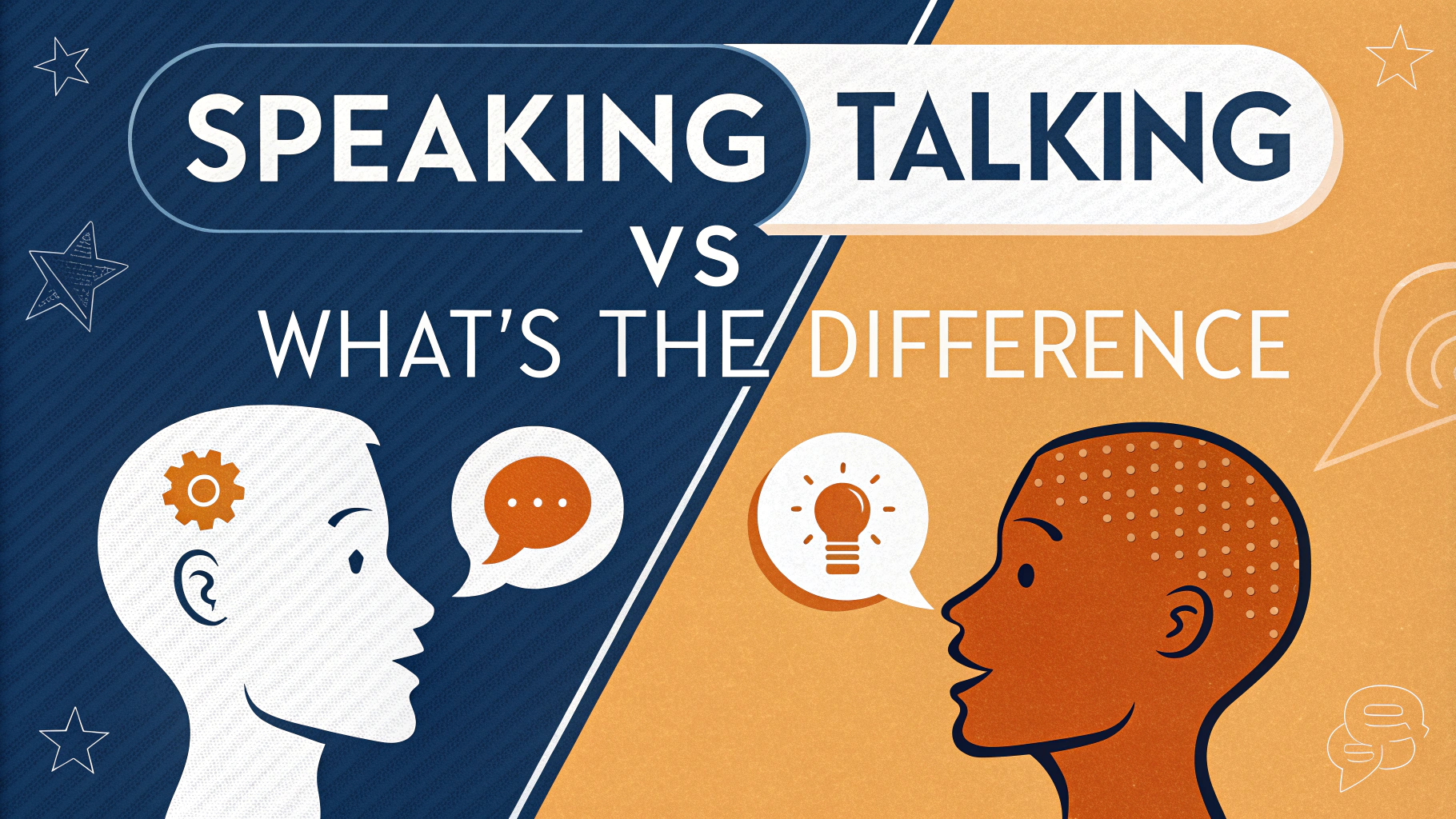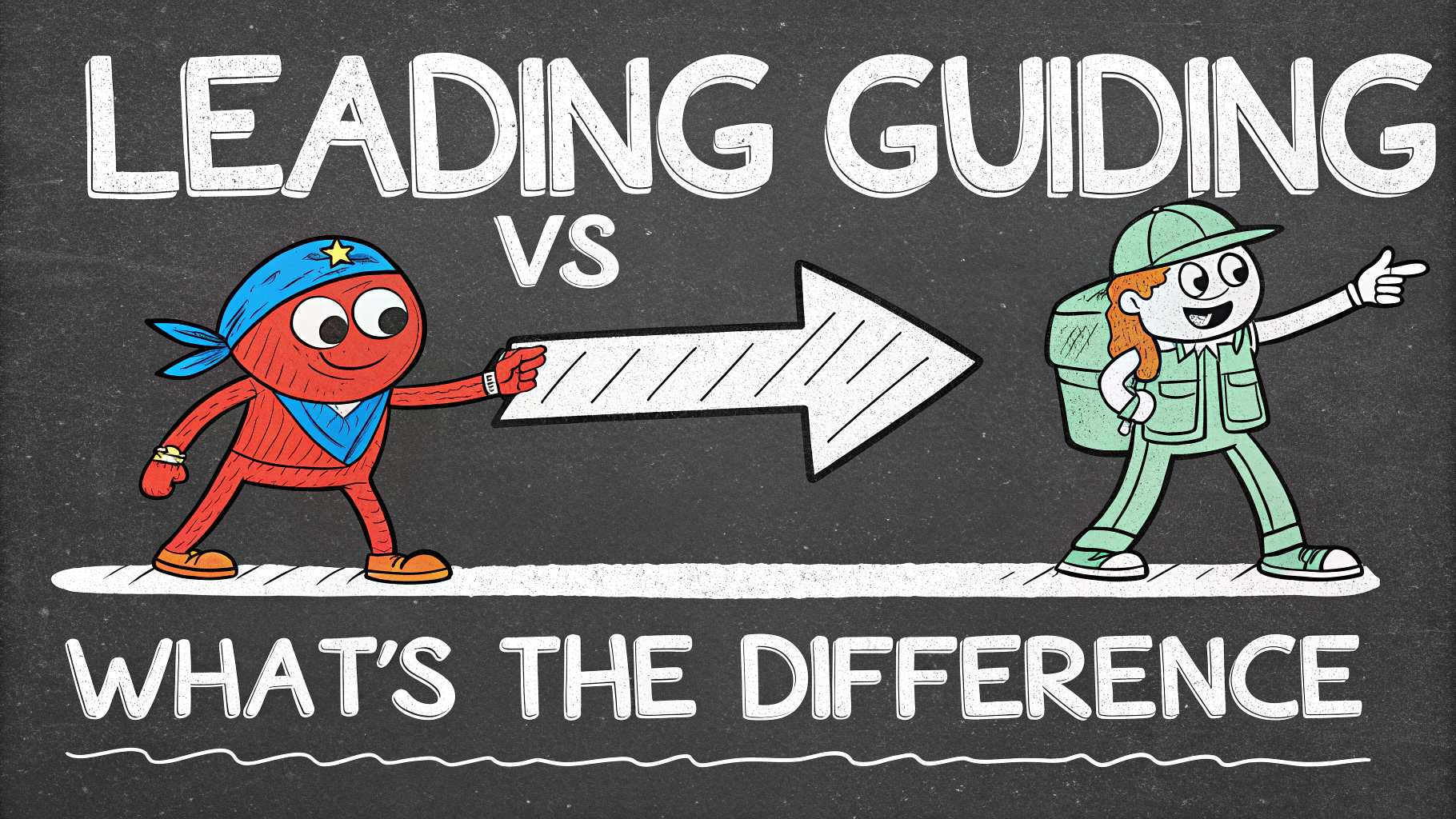Many people use the terms cooking and preparing food interchangeably, but there are key differences between these culinary activities. Food preparation encompasses a broader range of tasks, while cooking specifically involves heat transformation of ingredients.
**Proper understanding** of these distinctions helps create better meals and ensures food safety. Learning when to cook versus when to simply prepare ingredients can save time and preserve nutritional value.
Key Differences Between Cooking and Preparing
- **Cooking** involves heat application and chemical transformation
- **Preparing** includes washing, cutting, measuring, and assembling
- Cooking changes food’s molecular structure
- Preparation can be done without any heat application
Essential Food Preparation Techniques
| Preparation Method | Examples |
|---|---|
| Washing | Fruits, vegetables, herbs |
| Cutting | Chopping, dicing, mincing |
| Measuring | Portioning ingredients |
| Assembly | Making salads, sandwiches |
Common Cooking Methods and Their Uses
- **Dry Heat Methods**: Baking, roasting, grilling
- **Moist Heat Methods**: Steaming, poaching, braising
- **Combination Methods**: Stir-frying, pan-frying
> “Preparation is the foundation of good cooking. Without proper prep work, even the best cooking techniques can’t save a dish.”
When to Cook vs When to Prepare
The choice between cooking and preparing depends on your recipe needs and time constraints. **Raw food** dishes like salads and sandwiches only need preparation, while proteins typically require cooking for safety and taste.
**Time-saving tip**: Prepare ingredients in advance and store them properly for quick assembly later.
Tools and Equipment for Both Methods
Preparation Tools:
- **Cutting boards** (separate ones for raw meat and produce)
- **Sharp knives** (chef’s knife, paring knife, serrated knife)
- **Measuring tools** (cups, spoons, scale)
- **Food processor** or mandoline for quick cutting
Cooking Equipment:
- **Heat sources** (stovetop, oven, grill)
- **Cookware** (pots, pans, baking sheets)
- **Temperature tools** (thermometer, timer)
Food Safety Considerations
**Cross-contamination prevention** starts with proper preparation techniques:
| Safety Rule | Action Steps |
|---|---|
| Clean | Wash hands and surfaces frequently |
| Separate | Use different cutting boards for raw meat and produce |
| Temperature | Keep cold foods below 40°F, hot foods above 140°F |
| Storage | Store prepared ingredients in airtight containers |
> “Food safety isn’t just about cooking temperatures – proper preparation prevents contamination before heat is ever applied.”
Making the Right Choice for Your Needs
Consider these factors when deciding between cooking and preparing:
- **Time available** (preparation can be done ahead)
- **Nutritional goals** (some nutrients are better preserved raw)
- **Recipe requirements** (some dishes need both methods)
- **Equipment access** (limited cooking equipment may favor preparation)
**Smart planning** combines both methods efficiently:
– Prepare stable ingredients in advance
– Cook items that need heat close to serving time
– Balance convenience with food safety
– Store prepared components properly for quick assembly
Remember that proper preparation makes cooking easier and more enjoyable, while good cooking techniques enhance properly prepared ingredients. The key is finding the right balance for your specific needs and situation.
Cooking vs Preparing Food: Common Questions
Q: What is the main difference between cooking and preparing food?
Cooking involves applying heat to transform ingredients, while preparing food includes any handling of food – like washing, cutting, or assembling – whether heat is used or not.
Q: Can you prepare food without cooking it?
Yes. Many dishes like salads, sandwiches, and sushi require preparation but no actual cooking. This is called cold preparation.
Q: What are the basic food preparation methods?
Basic food preparation includes:
- Washing
- Cutting
- Peeling
- Measuring
- Mixing
- Marinating
Q: What counts as cooking methods?
Primary cooking methods include:
- Baking
- Boiling
- Frying
- Grilling
- Steaming
- Roasting
Q: Does meal prep require cooking?
Meal prep can involve both cooking and preparation. Some meal prep focuses on raw ingredients, while other types require cooking components in advance.
Q: What kitchen skills are needed for food preparation vs cooking?
Food preparation requires knife skills, organizational ability, and food safety knowledge. Cooking additionally requires understanding of heat control, timing, and ingredient reactions.
Q: Is food preparation safer than cooking?
Both have safety considerations. Preparation focuses on cross-contamination and proper sanitization, while cooking adds concerns about heat safety and proper food temperatures.
Q: Which takes more time – cooking or preparing food?
Preparation often takes longer than actual cooking time. Many recipes require 15-30 minutes of prep but only 10-15 minutes of cooking.
Q: What equipment is needed for basic food preparation?
Essential preparation tools include:
- Cutting boards
- Knives
- Measuring cups
- Mixing bowls
- Peelers
Q: Can someone be good at preparing food but not at cooking?
Yes. Some people excel at mise en place (food preparation) but struggle with heat control and timing required for cooking.

